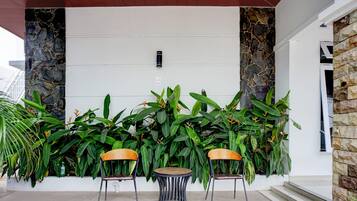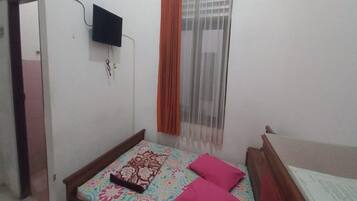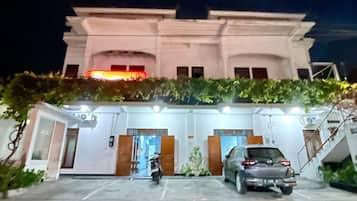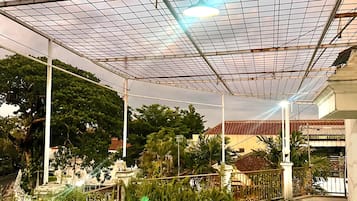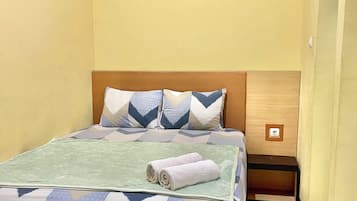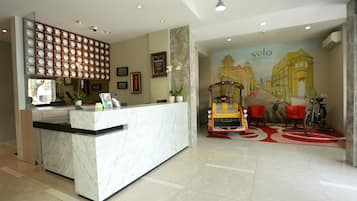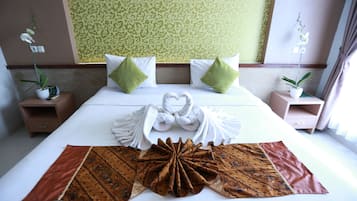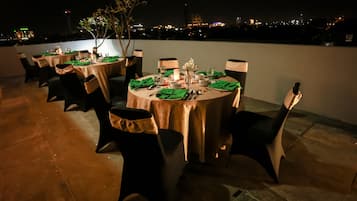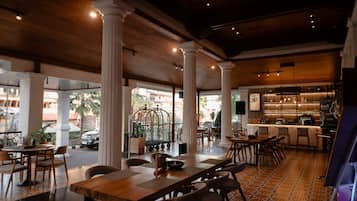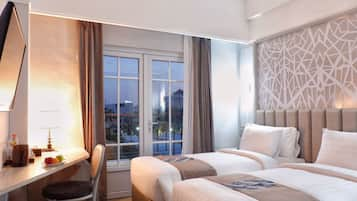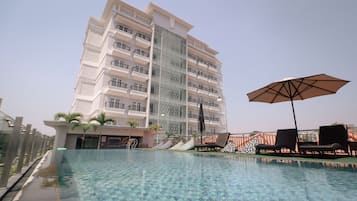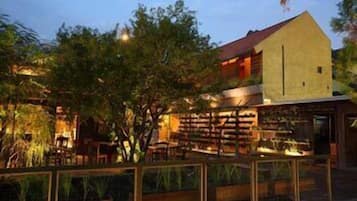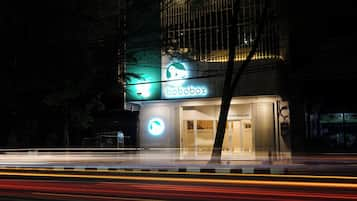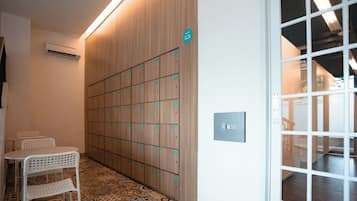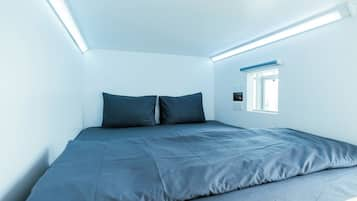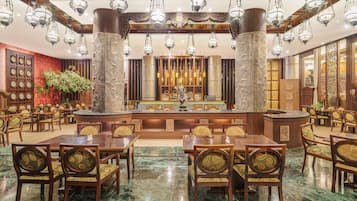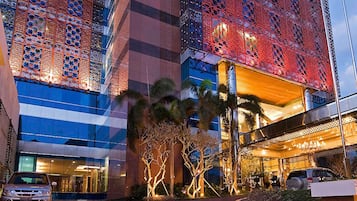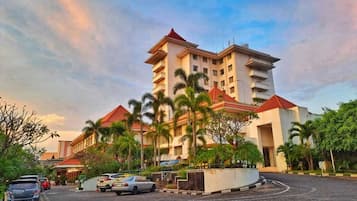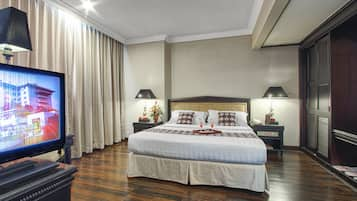Photo by Sharrie Shaw
Search Beach Resorts & Hotels in Solo City Centre
- Change your mindBook hotels with free cancellation
- Be pickySearch almost a million properties worldwide
Check availability on Solo City Centre Beach Resorts & Hotels
No exact matches found, but these alternatives could be just right
Recommended hotels in Solo City Centre
The price is Rp52.237
Rp63.207 total
includes taxes & fees
31 Dec - 1 Jan 2026

The price is Rp63.251
Rp76.534 total
includes taxes & fees
25 Dec - 26 Dec

The price is Rp79.064
Rp95.667 total
includes taxes & fees
26 Dec - 27 Dec
The price is Rp170.182
Rp205.920 total
includes taxes & fees
14 Jan - 15 Jan 2026

7.2 out of 10, Good, (17)
The price is Rp256.198
Rp310.000 total
includes taxes & fees
4 Jan - 5 Jan 2026
The price is Rp553.719
Rp670.000 total
includes taxes & fees
5 Jan - 6 Jan 2026
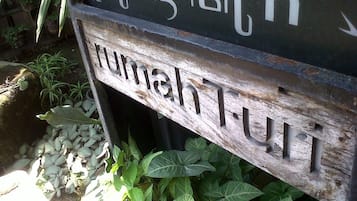
7.8 out of 10, Good, (15)
The price is Rp268.595
Rp325.001 total
includes taxes & fees
5 Jan - 6 Jan 2026
The price is Rp190.215
Rp230.159 total
includes taxes & fees
11 Jan - 12 Jan 2026
Lowest nightly price found within the past 24 hours based on a 1 night stay for 2 adults. Prices and availability subject to change. Additional terms may apply.
![At the museum no photos are allowed which is really unfortunate as it was well worth the visit and the guided tour is definitely not to be missed. In the museum there are even Batik made from the Dutch era which depicts stories like Little Red Riding Hood and Snow White!
I enjoyed the tour v much and at the end of the tour we were brought to this room where the artisan were working on hand drawn batik.
Below is an excerpt from Wikipedia for anyone interested in learning more about the process of batik making.
Firstly, a cloth is washed, soaked and beaten with a large mallet. Patterns are drawn with pencil and later redrawn using hot wax, usually made from a mixture of paraffin or bees wax, sometimes mixed with plant resins, which functions as a dye-resist. The wax can be applied with a variety of tools. A pen-like instrument called a canting (IPA: [tʃantiŋ], sometimes spelled with old Dutch orthography tjanting) is the most common. A canting is made from a small copper reservoir with a spout on a wooden handle. The reservoir holds the resist which flows through the spout, creating dots and lines as it moves. For larger patterns, a stiff brush may be used. Alternatively, a copper block stamp called a cap (IPA: [tʃap]; old spelling tjap) is used to cover large areas more efficiently.
After the cloth is dry, the resist is removed by scraping or boiling the cloth. The areas treated with resist keep their original color; when the resist is removed the contrast between the dyed and undyed areas forms the pattern. This process is repeated as many times as the number of colors desired.
The most traditional type of batik, called batik tulis (written batik), is drawn using only the canting. The cloth need to be drawn on both sides and dipped in a dye bath three to four times. The whole process may take up to a year; it yields considerably finer patterns than stamped batik.
Source: Wikipedia](https://images.trvl-media.com/place/6224808/26fd1460-c65a-4c1a-9444-7a893e883ac9.jpg?impolicy=fcrop&w=1200&h=500&q=medium)






